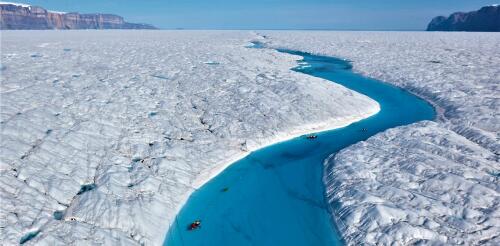Sea levels
Sea level rise has already put coastal cities on notice thanks to increasing storm surges and even sunny day flooding at high tide. These challenges will continue to grow because global projections point to a mean sea level rise of at least one foot above year-2000 levels by the end of this century. However, many cities are facing another factor making them even more vulnerable to rising waters: land subsidence. The three of us – Pei-Chin Wu, Meng (Matt) Wei and Steven D'Hondt – are scientists at the University of Rhode Island Graduate School of Oceanography working with the U.S. Geological Survey to research challenges facing waterfront cities. Our findings indicate that land is sinking faster than sea levels are rising in many coastal cities throughout the world. By using radar images of the Earth’s surface collected from orbiting satellites, we measured subsidence rates in 99 coastal cities worldwide. These rates are highly variable within cities and from...
I’m striding along the steep bank of a raging white-water torrent, and even though the canyon is only about the width of a highway, the river’s flow is greater than that of London’s Thames. The deafening roar and rumble of the cascading water is incredible – a humbling reminder of the raw power of nature. As I round a corner, I am awestruck at a completely surreal sight: A gaping fissure has opened in the riverbed, and it is swallowing the water in a massive whirlpool, sending up huge spumes of spray. This might sound like a computer-generated scene from a blockbuster action movie – but it’s real. Alun Hubbard stands beside a moulin forming in a meltwater stream on the Greenland ice sheet. Courtesy of Alun Hubbard A moulin is forming right in front of me on the Greenland ice sheet. Only this really shouldn’t be happening here – current scientific unders...
